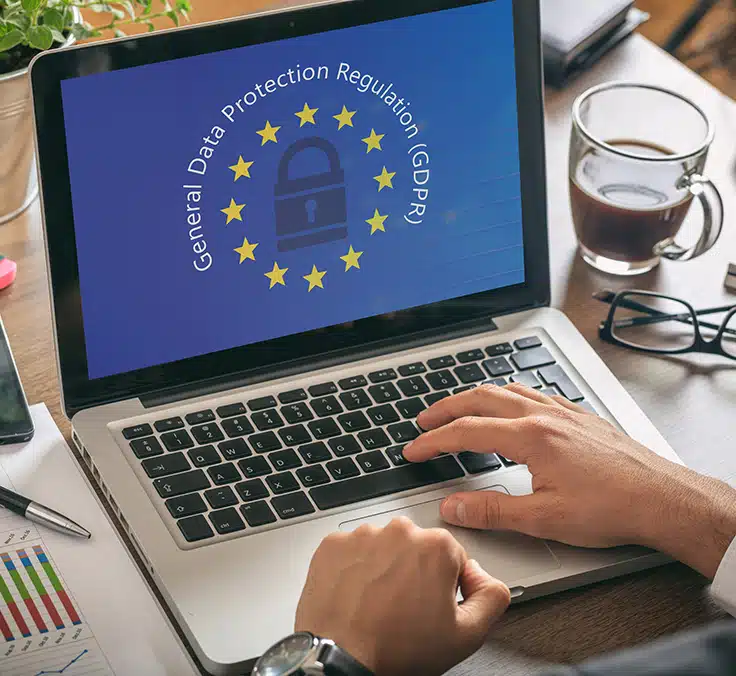INNOVATION | 02.06.2024
Are our children protected against a cyberattack?
Safer Internet Day highlights how important this issue is when young people reach a crucial moment in their lives: the transition to adolescence and the start of secondary school. This period marks a significant change in family dynamics, as teenagers widen their social circles and become more independent. Faced with a changing online environment, parents are increasingly concerned about their children's safety. Issues such as time spent on the Internet, the growing demand for privacy, and young people’s first trips without parental supervision intensify the feeling of lack of control.
As young people grow, new challenges arise. They begin to use their digital devices more independently, leading to greater privacy and less direct parental control. This situation poses a dilemma for parents: how to protect their children from online dangers without restricting their independence or invading their personal space. Safer Internet Day emphasizes that a balance must be struck, encouraging families to adopt strategies for safe Internet use and open dialogue so that they can work together to address the challenges of this ever-changing environment.
What kind of cyber risks are there?
Cyberbullying, a persistent threat in the digital world, is characterized by its repeated nature, which exacerbates its impact on victims. Early detection is key to controlling the situation early on and mitigating its harmful effects.
The main fear among parents is not knowing their child is being harassed online and not being able to intervene in time. Experts stress the importance of early detection, as in many cases a considerable amount of time passes between when cyberbullying begins and its identification and corrective action. Becoming aware of it is usually a gradual process: first, it’s discovered by the victim’s peers, followed by the parents, and finally by the educational institution.
Victims often refuse to share their experience of cyberbullying due to the lack of effective communication channels or, more commonly, the fear of repercussions. Silence can make the situation worse, with intensifying threats and the possibility of harassment reaching the physical environment or resulting in stigmatization and isolation from others. This fear of consequences underscores the need to establish an open and safe dialogue in the family and school environment, as well as promoting prevention policies and programs that allow young people to express themselves and seek help within a framework of trust and support.
How to protect family members from possible cyberattacks
Online security for young people requires tools that evolve with them. For children under 14 years old, it's crucial to have agile parental control systems that protect them without restricting access to educational content. These systems need to be flexible and provide efficient security that adapts to the growth and learning needs of children.
Comprehensive solutions that bring together control, monitoring, and early detection alerts are important for effective cyber protection. Tools that alert parents about possible online threats are especially useful, as they allow them to respond quickly to potentially dangerous situations. These features, together with digital education and constant communication within the family, are key to building a safe and collaborative digital environment between parents and children.
In conclusion, the technological leap that happens in the lives of 12-13 year olds when they get their first smartphone poses significant challenges in terms of autonomy and identity building. Parents seek to maintain some oversight of their children's digital interactions and face the challenges that this entails.
Equipping families with efficient tools and support resources is essential to helping them safely address digital risks. These solutions have to adapt to the different stages of youth development, building a safe and harmonious digital home. By choosing the right kind of targeted strategy, families can successfully navigate the digital and technological world, preserving family harmony and safety.
As part of MAPFRE's aim to support families and contribute to their safety and peace of mind, we constantly investigate the new cybersecurity challenges that technology and society pose, as well as the impact they generate on the home life dynamics between parents and adolescents.
RELATED ARTICLES:




